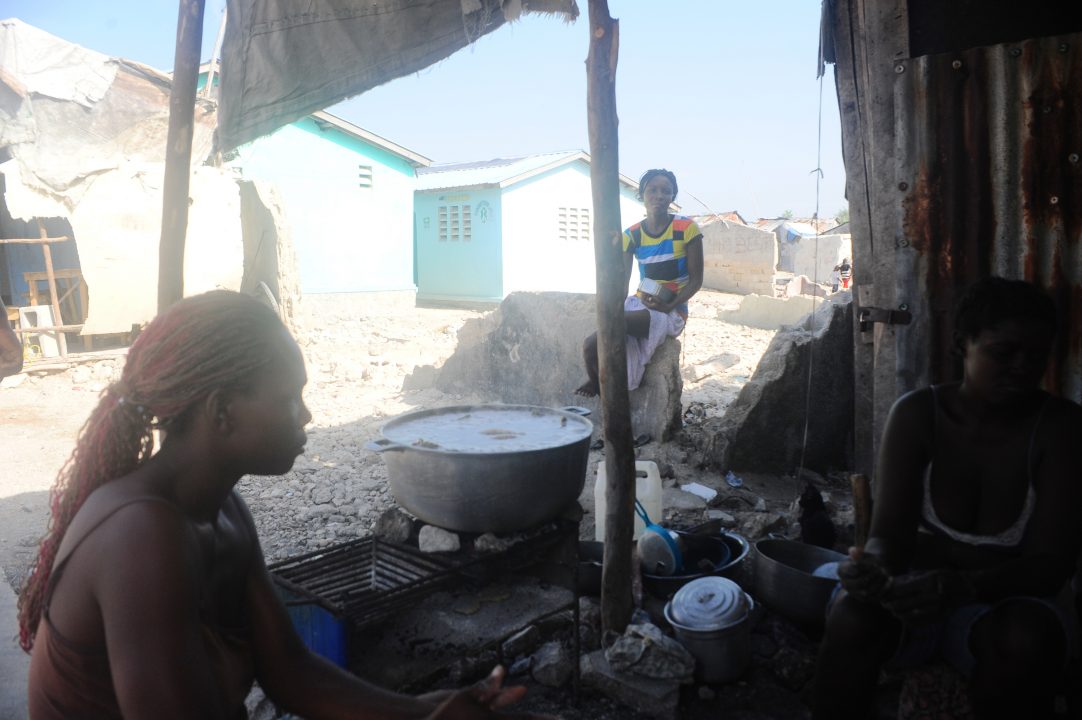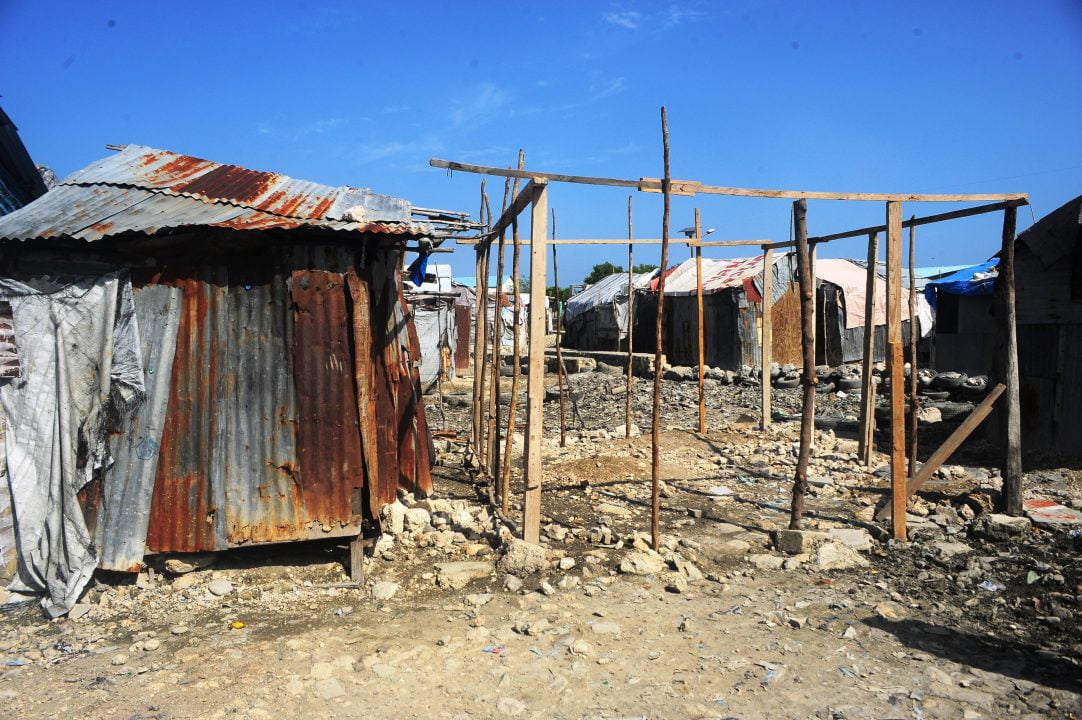November 29, 2019
Categories: Restavek
Tags: fafo, money, rural, security
In Haiti, rural households struggle to raise money in comparison to urban families. Also, homes with girls often struggle more than those with boys to raise money. The situation grew worse when they were female Child Domestic Workers (CDW). Specifically, data shows that 53.8 percent of such households had no way to raise money. …
Rural Households have more Difficulty Raising Money than Urban Households Read More »
November 29, 2019
Categories: Restavek
Tags: fafo, Haiti earthquake, loss
Researchers canvassed all departments in Haiti and surveyed around 11,000 individuals. Particularly, the devastating 2010 earthquake affected over 1,100 — or 10 percent — of them. Additionally, the researchers surveyed over 2,000 households. Of which, the earthquake affected 10 percent. Specifically, 600 households, or around a third, had restavek, child domestic workers (CDW). Overall, …
Impacts of Devastating 2010 Earthquake on Restavek Children Read More »
November 11, 2019
Categories: Ayiti Now Corp, Missions, Recipients, Restavek
Tags: donors, program, recipients
Learn More About How The Residential School Program Works
November 9, 2019
In Haiti, many households with child domestic workers (CDW) do not have a steady source of income. Thus, the situation improves in families without any CDWs. Also, in rural areas, CDW households with a male head have more income than CDW households with a female on. But, in urban areas, this may not always be the …
November 8, 2019
Categories: Restavek
There is a large difference in the household wealth of homes based on the gender of its domestic workers. Generally, there are two main dimensions. Particularly, these are the wealth of the household and its location. Overall, girl domestic workers are generally placed in wealthier households. The accompanying graph highlights the wealth of households with …




